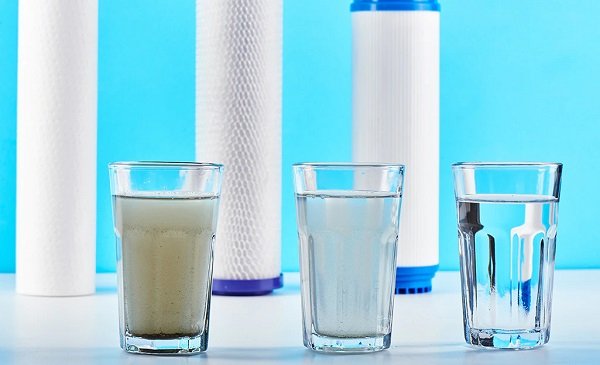It is no secret that chlorine and other chemicals are added to the drinking water supply. These chemicals are highly toxic but are added to the drinking water supply to fight off many bacteria, microbes, and pathogens that find their way into water pipes.
Regularly disinfecting the water supply eliminates the risk of various water-borne diseases, such as typhoid, salmonella, cholera, and dysentery. Chlorine keeps the water clean and safe for drinking.
However, chlorine has some adverse effects. The main concern is that chlorine disinfection leaves by-products that can be harmful. The ideal way to remove chlorine from your water supply is to invest in a top chlorine filter.

One of the by-products created in purifying the water is trihalomethanes which have been linked to many serious ailments. Prolonged exposure to trihalomethanes can affect the heart, kidneys, liver, and central nervous system.
So, investing in a good quality chlorine filter is essential as it removes unwanted impurities from the water and enhances the taste and odor.
Here are different types of filtration systems that eliminate chlorine from water.
-
Absorption filters
In most absorption filters, carbon is used to capture and eliminate contaminants. These filters have a large internal surface filled with carbon that eliminates chemical impurities such as chlorine.
The majority of absorption filters have granular activated carbons to improve the taste and odor of water. Substances like wood and coconut shells are used to make such carbon filters.
-
Ion exchange filters
Ion exchange filters carry out a process to exchange the magnesium and calcium ions in the water with sodium or hydrogen ions. It also helps soften hard water, improving the taste of the water. An ion-exchange resin that comes in small bead form is commonly used for ion exchange in most filters.
-
Reverse Osmosis Filters
In such filters, water passes through a semipermeable membrane with high pressure, enabling it to pass through without letting any contaminants pass.
This process removes dissolved inorganic solids, including calcium and magnesium ions. Reverse osmosis is combined with other mechanical and absorption filters that further purify the water of any remaining impurities.
-
Mechanical Filters
Mechanical filtration physically removes sediments like dirt and water or any other particles using a barrier. These filters have a range of barrier materials such as mesh to filter the large debris or ceramic filters with a complex pore structure that are used to filter pathogenic organisms.
Micron ratings are used to measure the effectiveness of filters in terms of the size of particles they can eliminate. The ratings range from 5 microns to 0.5 microns. However, mechanical filters are often paired with other filters to purify the water effectively.
-
Combinations
Most filtration systems used in homes use a combination of filters to achieve a certain level of water purity—for example, inline filters used in homes to purify drinking water use various absorption and mechanical filtration techniques.
These are the top chlorine filter systems that you can invest in to purify your home’s water supply. Understanding the various types of filtration systems helps you better identify what kind of filter you need.
Read more: https://wellnesswaterfiltrationsystems.com




